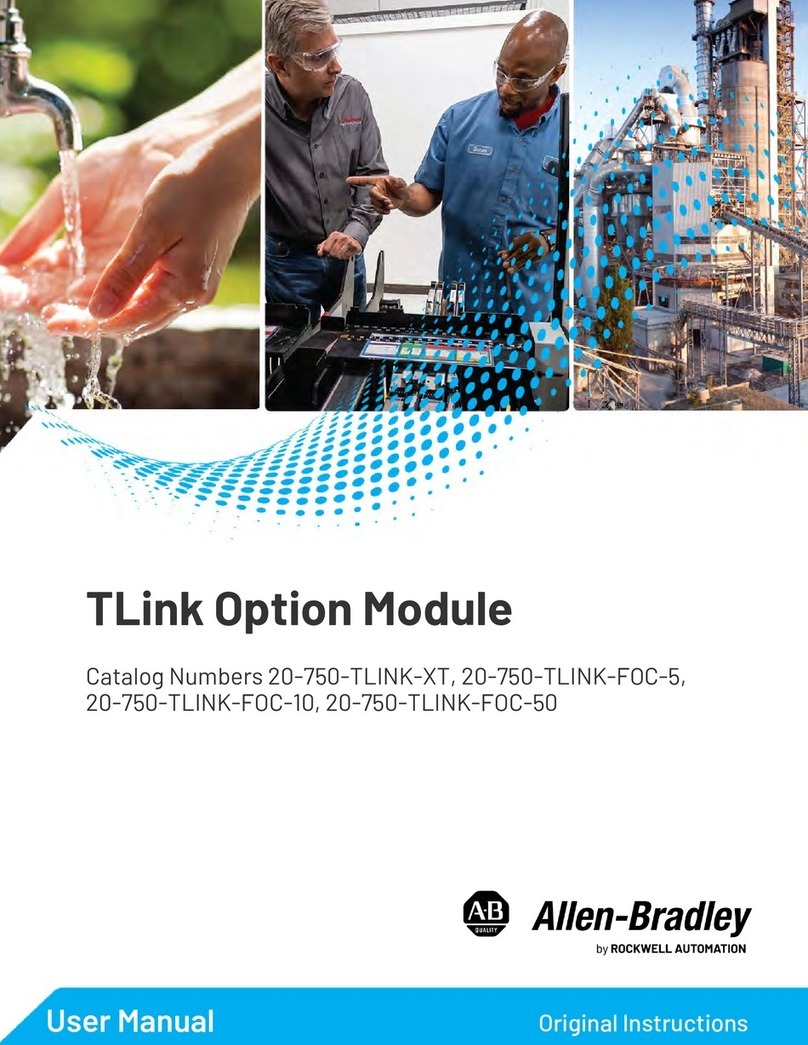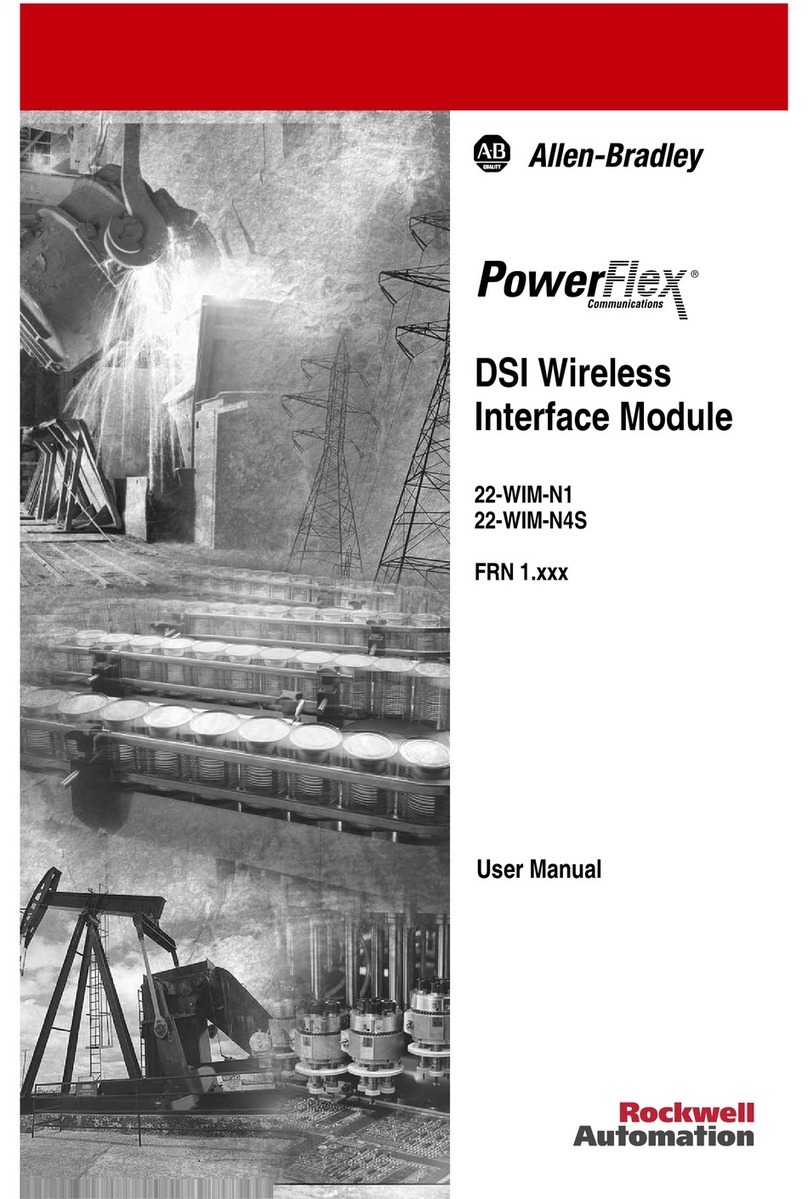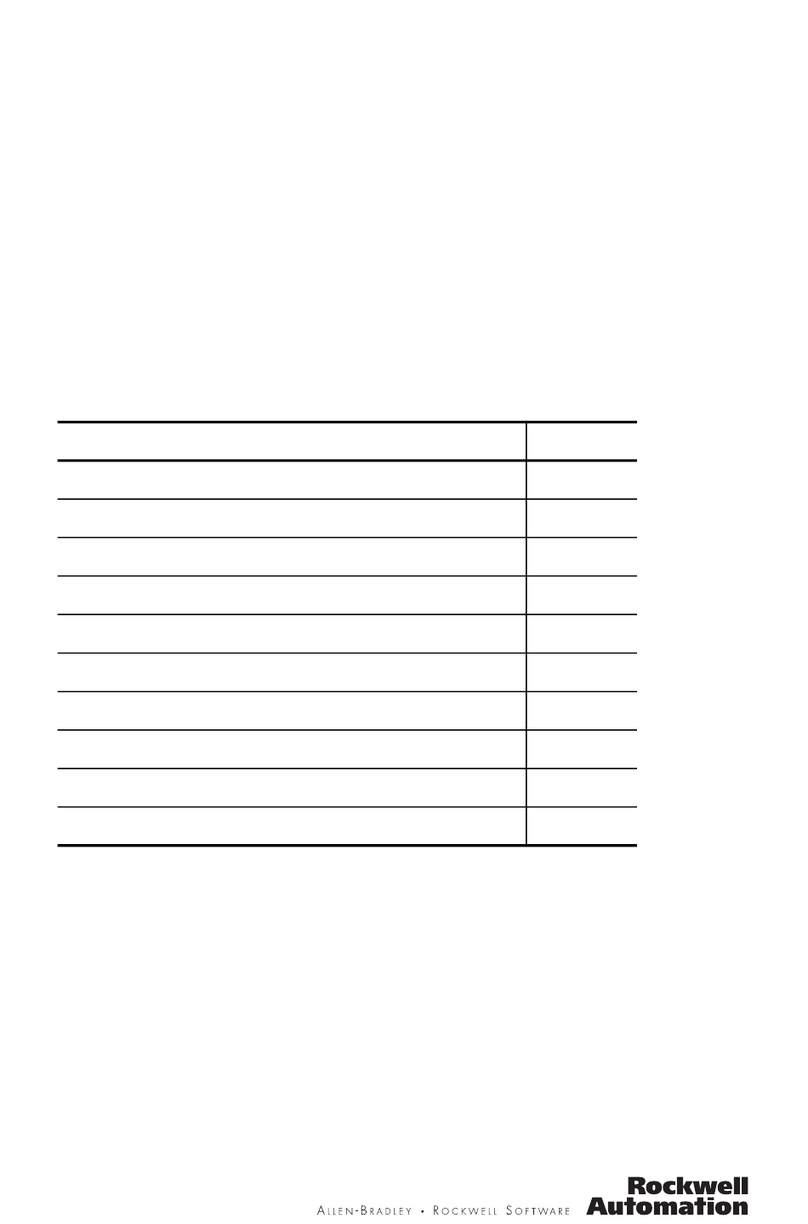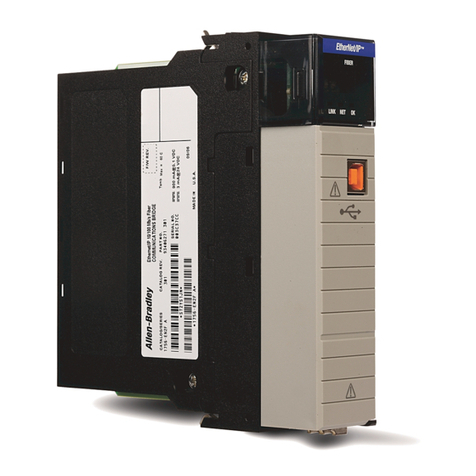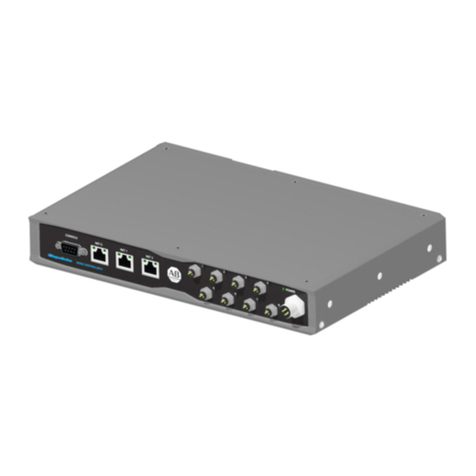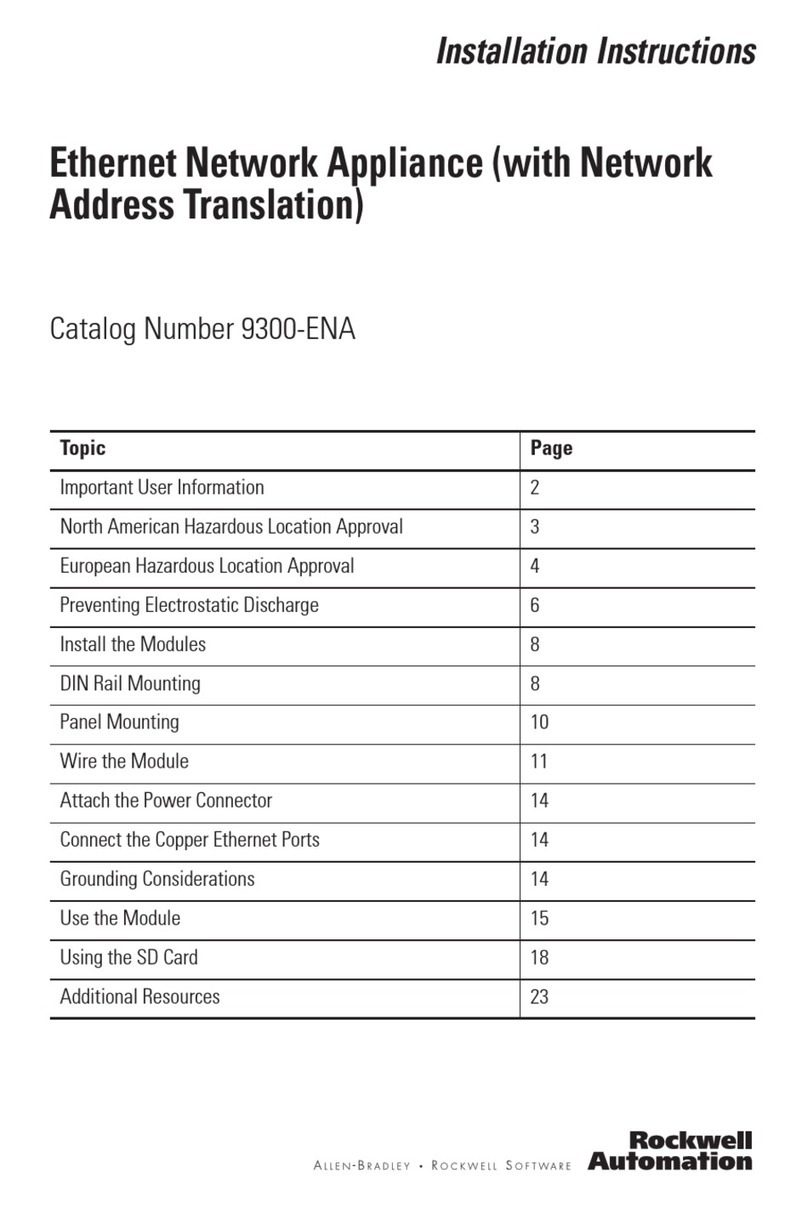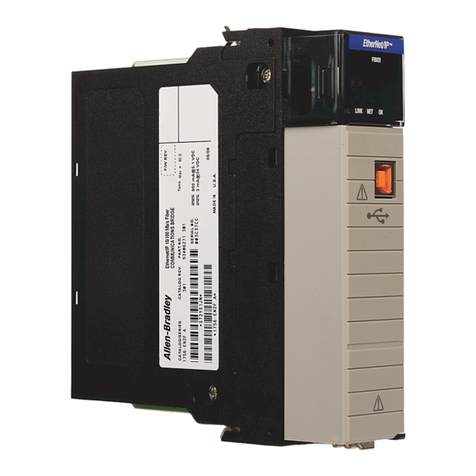
6Rockwell Automation Publication 1756-UM004D-EN-P - August 2022
Additional Resources These documents contain additional information concerning related products
from Rockwell Automation.
You can view or download publications on Literature Library: rok.auto/
literature.
Resource Description
1756 EtherNet/IP Communication Modules Installation
Instructions, publication 1756-IN050
Provides information on how to install EtherNet/IP™
modules.
1756 ControlLogix Communication Modules Specifications,
publication 1756-TD003
Specifications for ControlLogix communication
modules.
ControlLogix 5570 Redundancy User Manual,
publication 1756-UM535
Provides information specific to ControlLogix 5570
redundancy systems.
ControlLogix 5580 Redundant Controller User Manual,
publication 1756-UM015
Provides information specific to ControlLogix 5580
redundancy systems.
Deploying Device Level Ring within a Converged Plantwide
Ethernet Architecture Design and Implementation Guide,
publication ENET-TD015
Highlights the key IACS application requirements,
technology, and supporting design considerations to
help with the successful design and deployment of
these specific use cases within the CPwE framework.
Ethernet Design Considerations Reference Manual,
publication ENET-RM002
Provides details about how to use EtherNet/IP
communication modules with Logix 5000 controllers
and communicate with other devices on the
EtherNet/IP network.
EtherNet/IP Device Level Ring Application Technique,
publication ENET-AT007
Describes DLR network operation, topologies,
configuration considerations, and diagnostic
methods.
EtherNet/IP Media Planning and Installation Manual
This manual is available from the Open DeviceNet® Vendor
Association (ODVA) at: http://www.odva.org.
Provides details about how to install, configure, and
maintain linear and Device Level Ring (DLR) networks
by using Rockwell Automation EtherNet/IP devices
that are equipped with embedded switch technology.
EtherNet/IP Network Devices User Manual,
publication ENET-UM006
Describes how to use EtherNet/IP communication
modules in Logix 5000 control systems.
EtherNet/IP Parallel Redundancy Protocol Application
Technique, publication ENET-AT006
Describes how you can configure a Parallel
Redundancy Protocol (PRP) network with a compatible
device or switch.
EtherNet/IP Socket Interface Application Technique,
publication ENET-AT002
Describes the socket interface that you can use to
program MSG instructions to communicate between a
Logix 5000 controller via an EtherNet/IP module and
Ethernet devices that do not support the EtherNet/IP
application protocol, such as barcode scanners, RFID
readers, or other standard Ethernet devices.
Industrial Automation Wiring and Grounding Guidelines,
publication 1770-4.1
Provides general guidelines for installing a Rockwell
Automation industrial system.
Product Certifications website, rok.auto/certifications.Provides declarations of conformity, certificates, and
other certification details.
Troubleshoot EtherNet/IP Networks Application
Technique, publication ENET-AT003
Provides details about how to assign IP addresses to
and how to troubleshoot EtherNet/IP networks and
devices.
